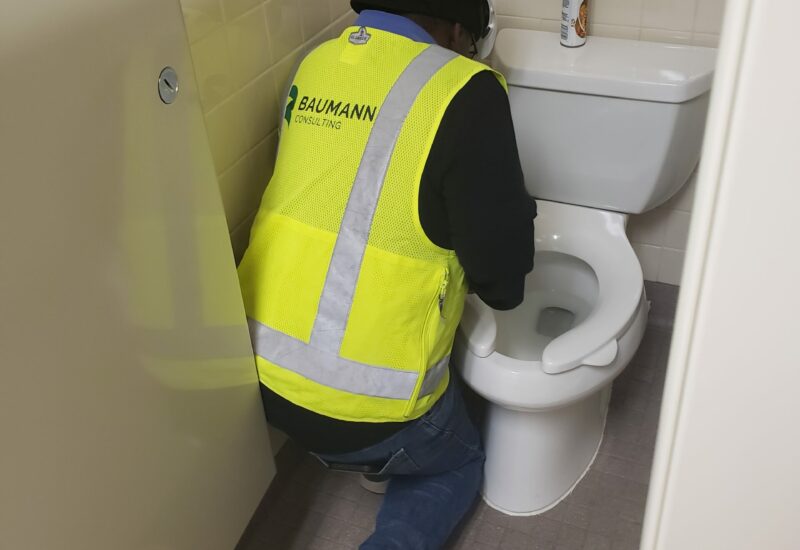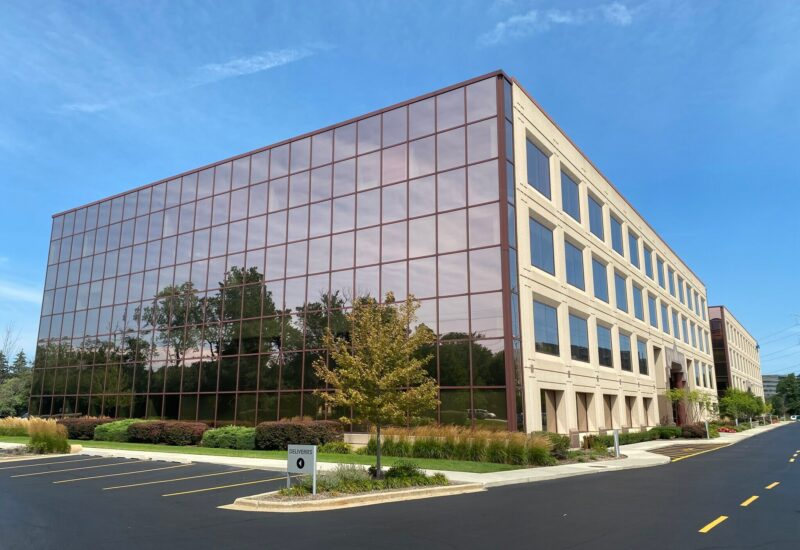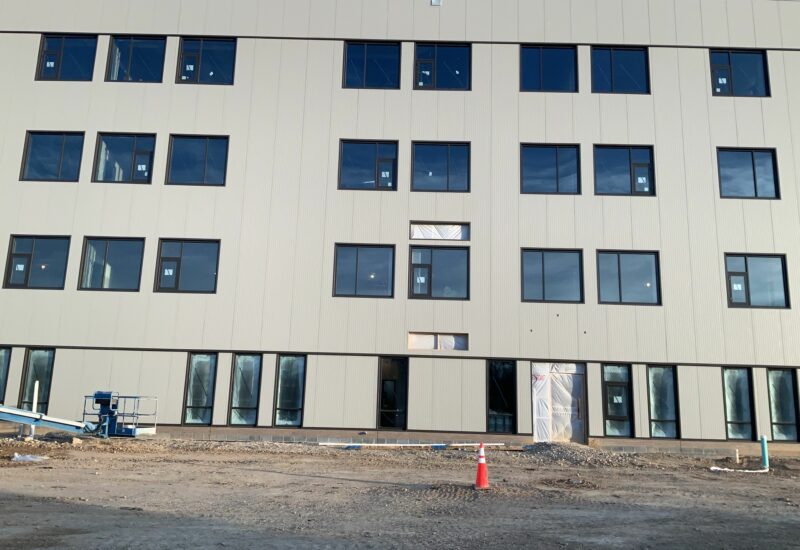I wrapped up my last blog post referencing Zen and the Art of Motorcycle Maintenance. At first glance, an engineering post referencing an iconic book from the 1970’s on the Metaphysics of Quality may seem odd. However, as I reflect upon my education and career, the issue of quality has always been there, pulling and tugging at my day-to-day work and pointing me to the things that spark my passion.
I grew up loving cars and America. As a teen, I was quite frustrated to see the decline of the American Automobile industry. My sense that we could do better and my belief that I should do something about it motivated me to pursue engineering. I certainly did not know why cars from other countries had fewer quality issues, but I was sure that I could help figure things out. I know now that things were well on their way to being figured out before I headed off to college.
In my undergraduate course on machine design, the paradox that doing quality work is also the lowest-cost approach first came to light. Our professor told a story about a US company that decided to buy parts from a Japanese firm in the late 1970’s. They put together their normal specifications with quantities, dimensional tolerances, and allowable out-of-tolerance percentages. A few weeks later, their order arrived and they quickly unpacked the shipment. At the back of the container, they found a bag with a note attached to it. The note read, “Here are your out-of-tolerance parts. Please do not ask for these again. They are too expensive to make.”
The Japanese manufacturer had embraced a paradigm shift in their thinking about quality; a shift that eventually would spread to American factories. Instead of accepting defects as part of the process and correcting them after the fact, Japanese firms pursued processes that did not generate defects in the first place. The results rocked and changed the global automotive industry.
When I finally realized my dream of working in the auto industry in the mid-1990’s, I recognized the Metaphysics of Quality as I worked through Kaizen processes with our process and manufacturing engineers, plant staff, and accountants. I learned about designing quality into our production procedures. I learned that quality was not an after-the-fact add-on that could be done right before a product heads out the door. Quality is an integrated way of thinking that continually asks, can this be done better? Can this be done with fewer mistakes?
Over the past few years, my work has turned to high-performance buildings and ways to ensure that our buildings are as efficient as possible. I have spent a decade in the geothermal heating and cooling industry, advocating for what is arguably the most efficient and elegant heating and cooling solution developed. I have expanded my work to include commissioning, a process designed to integrate quality into the process and ensure that final results provide owners with the performance they expect.
Ideally, commissioning is not an add-on to the project process, but rather it is integrated into the design and construction process. The best projects embrace commissioning and welcome the discussion on how we ensure that owner expectations are met. And, much like the auto industry, the measure of successful commissioning is not how many items are on the issues log, but rather how few issues each project must deal with in the first place. It is there, on those high-quality projects, that we find the Zen and become enlightened builders and engineers.








